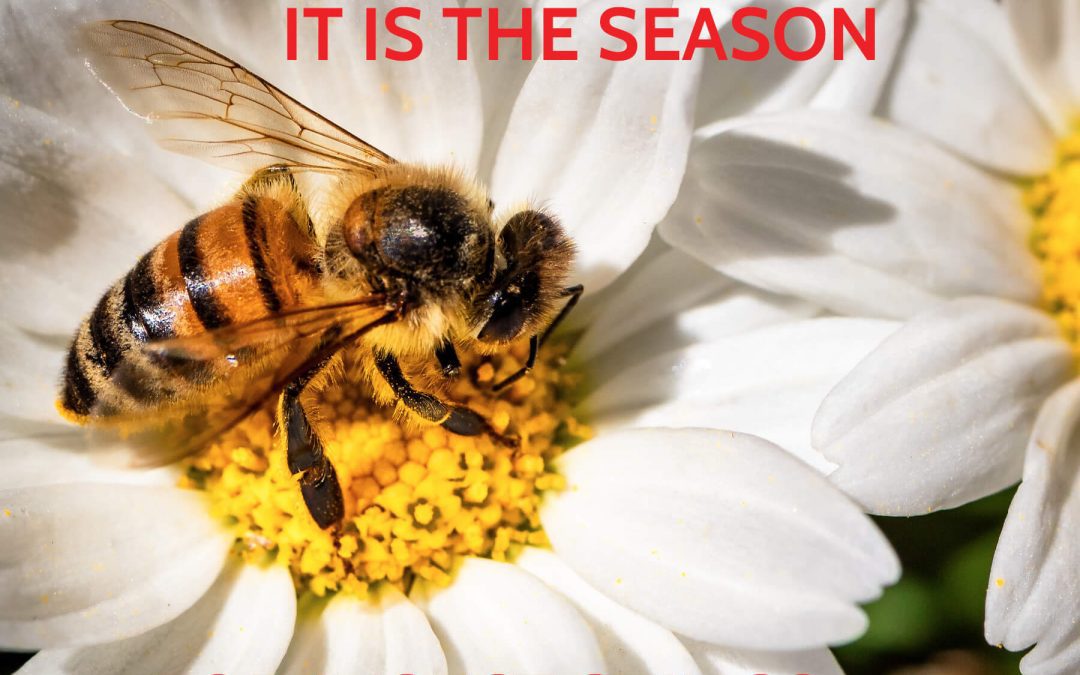Thousands of people are stung each year in the United States. Most have mild reactions but some individuals have serious life-threatening reactions (anaphylaxis). Insects responsible for the majority of serious sting related reactions belong to the order Hymenoptera. These insects usually sting someone in self-defense or to protect their nests. These stings are usually acutely painful and individuals are aware they have been stung, even though they may not see the insect.
Uncomplicated local reactions are confined to the tissues where the sting was involved and can include redness and painful swelling. These symptoms develop in a few minutes and resolve in a few hours. These reactions can be treated with cold compresses.
Large local reactions develops 1 to 2 days after the sting and include an exaggerated area of redness, swelling, pain and itching. Cold compresses and elevation of the limb are helpful. Also, an over-the-counter antihistamine such as loratadine, or cetirizine is beneficial. Contacting your healthcare provider who will assess you and may prescribe either an oral or topical steroid is also best.
Systemic allergic reactions / anaphylaxis is the most dangerous, immediate reaction. Individuals can experience itching, hives swelling (face, eyelids, mouth, tongue, etc.), flushing (skin turns red and feels hot), hoarse voice, shortness of breath, wheezing, lightheadedness to low blood pressure, nausea, vomiting and abdominal cramps. Individuals who know they are allergic to these insects should wear a medical alert bracelet stating such and also have access to an epinephrine auto injector. For any person exhibiting these symptoms 911 needs to be called immediately, because this reaction can be fatal.
To reduce the chance of being stung: stay calm and slowly back away if you see a stinging insect (don’t flail your arms), keep food and drink covered when outside and quickly clean up spills, avoid wearing sandals and open toe shoes in the summer (VERY DIFFICULT TO DO IN FLORIDA 🙁) , avoid doing things that can disturb the insects nest, if you find a nest near your home, call pest control for proper removal and if you live in an area with fire ants avoid stepping on mounds & wears shoes when outside.
References Freeman, T. (2019). Bee, yellow jacket, wasp and other Hymenoptera stings: Reaction types and acute management. Up To Date. Retrieved from https://www.uptodate.com/contents/bee-yellow-jacket-wasp-and-other-hymenoptera-stings-reaction-types-and-acute-management?search=insect%20bite&topicRef=4088&source=see_link

